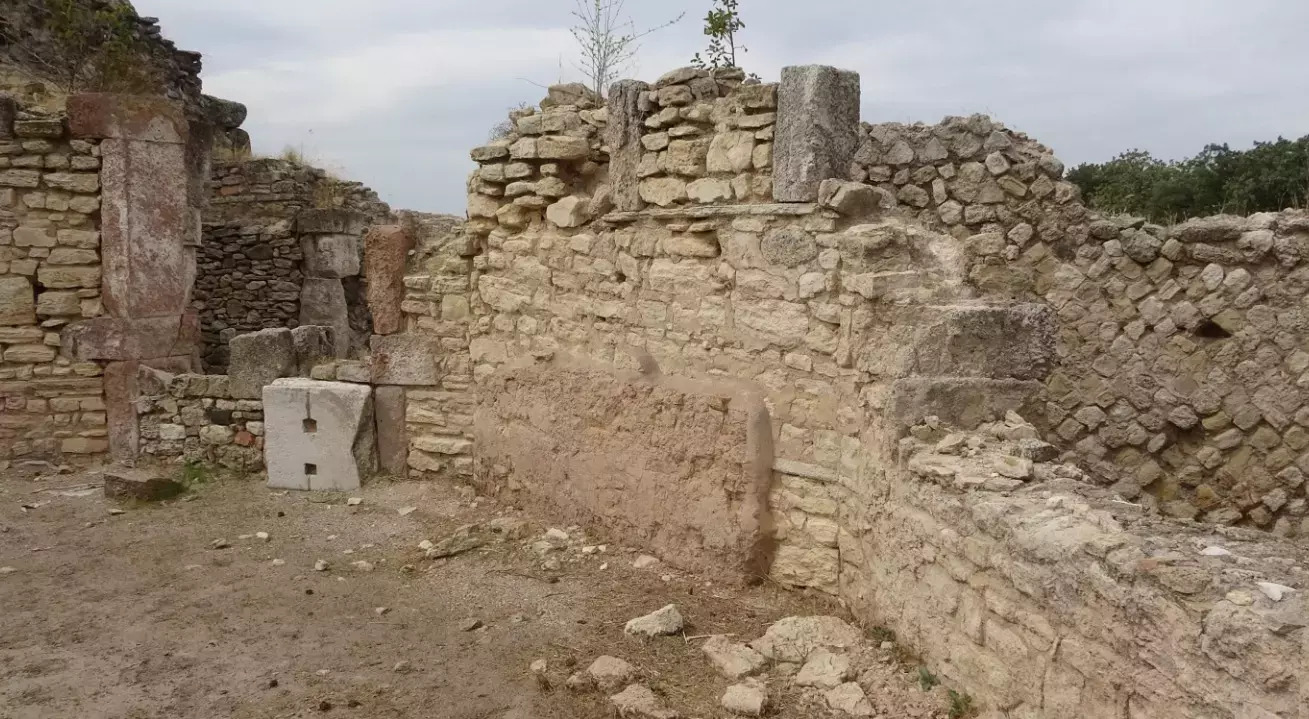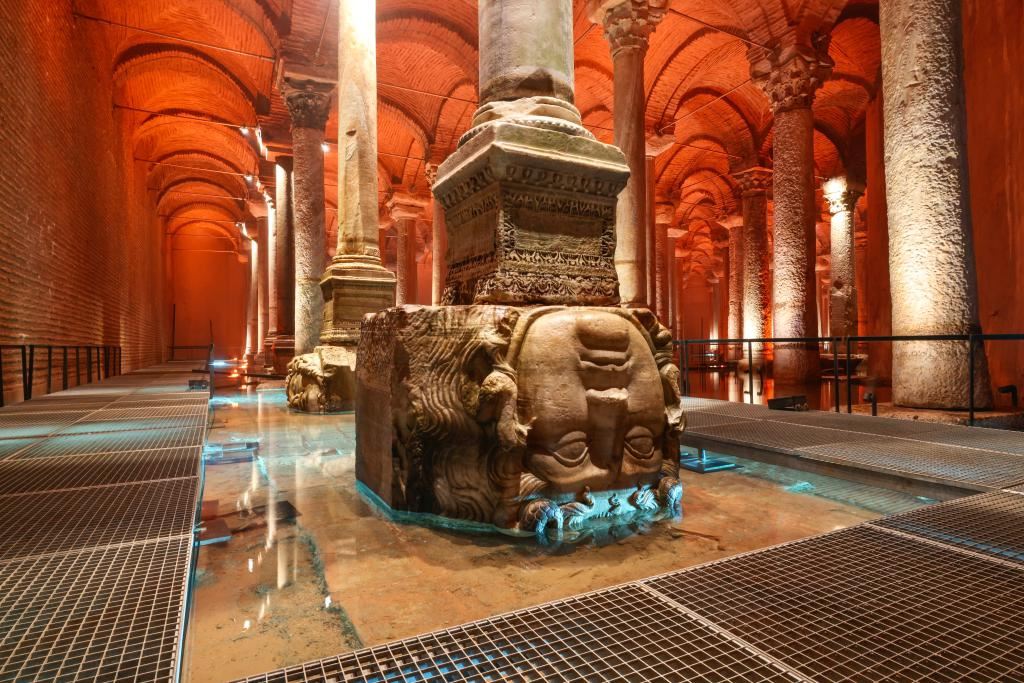Traces of the latest phase of life are being revealed during the 2023 excavations in the 2,400-year-old ancient city of Alexandria Troas in the Dalyan village of Çanakkale’s Ezine district.
The studies have identified a period when the city’s economy completely shrank, its population decreased greatly, and nutrition was a major problem. It was also confirmed by analyses made on the skeletons unearthed in several graves in the region. It was also determined from the skeletons that some diseases were caused by poor nutrition.
Head of the excavations, Ankara University Professor Erhan Öztepe said, “The ancient city had a very long lifespan, starting in the fourth century B.C. It was founded 2,400 years ago. It lived until the 14th century A.D., approximately 800 years ago. We see it in architectural layers in the field. We are currently uncovering traces of the last phase of life in the city.”
Excavations at the Alexandria Troas ancient city have been carried out by a team led by Öztepe since 2011. This year work started on July 18 and continues at the forum center and at various points around the forum center.
“Here we see a period when the city’s economy has completely shrunk, its population has decreased significantly, and nutrition was a big problem. We have confirmed this with the analyses carried out on the skeletons unearthed in several graves in the area. Anthropologists determined that people were suffering from a number of diseases caused by poor nutrition. The first architectural layer of the city we encounter is this phase just below the walking ground,” Öztepe said.
Providing information about the history of the region, Öztepe said, “In terms of dating, the closest period to us currently dates back to approximately 800 to 1,000 years ago. Later, the city was abandoned. There is a long period of silence in between, in terms of settlement. The architecture of this period is like a ghetto. This can be seen in many places in Anatolia. Architectural elements and blocks brought from buildings that have lost their importance are coming to the surface. And their roof systems were largely wooden. Because we find nails that were used to bind them together. And we find roof tiles. What we see is a weak architectural period with only foundation walls and compressed floors.”















